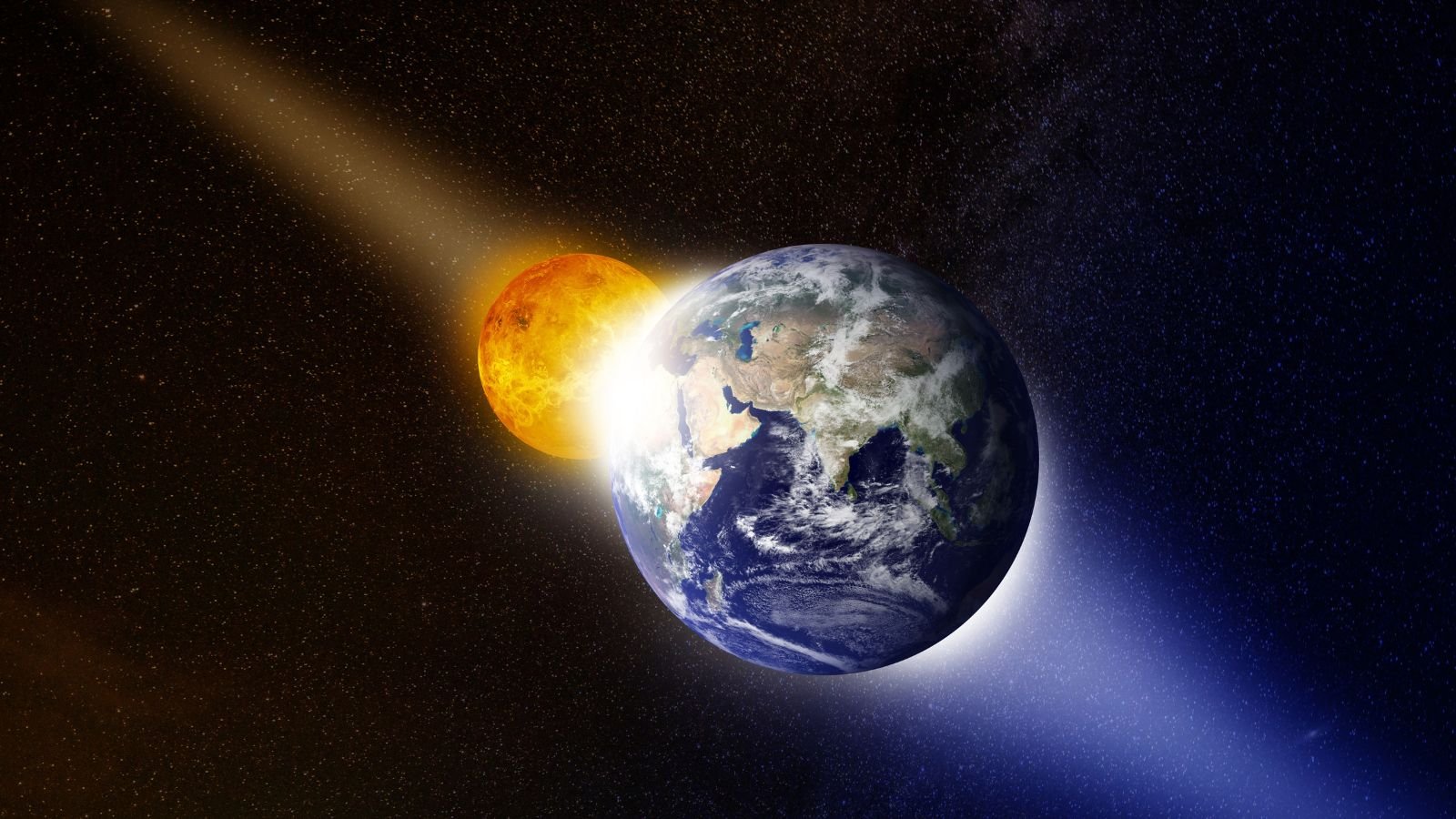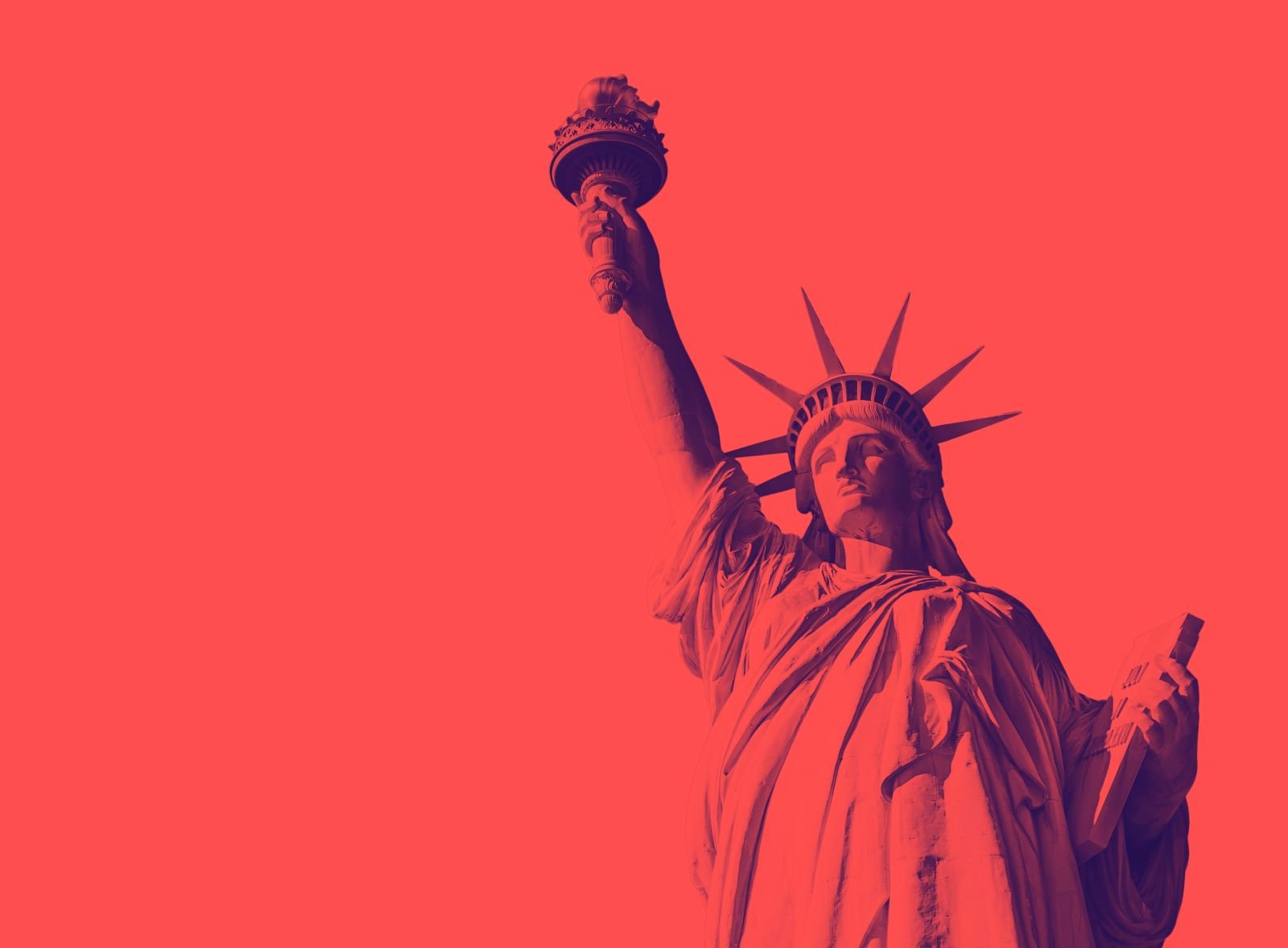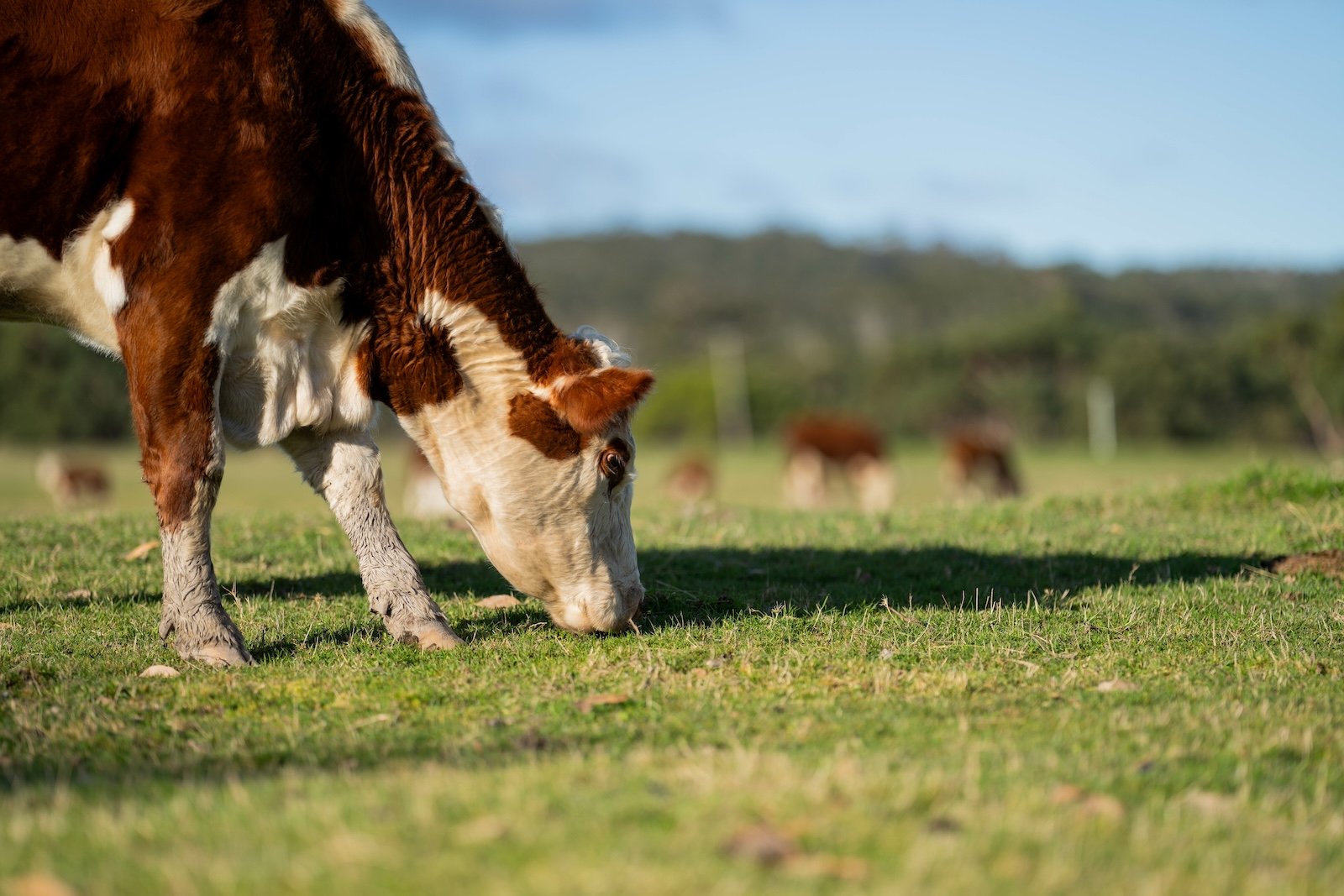There are many things about the United States that even its citizens are unaware of. From historical facts to quirky traditions, the United States is a land of contrasts and complexities that can bewilder even Americans.
Here is a list of thirteen things Americans don’t know about their own country.
The U.S. Flag

There are many things about the U.S. flag that even Americans don’t know. The flag has thirteen stripes for thirteen original colonies and fifty stars, each representing a state. The design of the American flag has changed as many as 27 times since its adoption in 1777 and was last modified in 1960 after the incorporation of Hawaii as a state. Another unknown fact about the 50-star American flag is that it was designed by a teenager, Robert Heft, as part of a school assignment.
Eleven Time Zones

While many know that the U.S. has multiple time zones due to its massive size in terms of area, not many know that it has as many as eleven time zones. The U.S. has four standard time zones, two more in Alaska and Hawaii, and five different time zones in U.S. dependencies. Due to its eleven time zones, the U.S. is ranked second, along with Russia, among the countries with the most time zones.
No Official Language

Many think English is the official language of the U.S. because it’s widely spoken. However, English is not the official language of the U.S. In fact, the U.S. doesn’t have any official language despite 32 states declaring English as their official language. This is because when a bill was presented to make English the official language in 1780, many opposed it, saying it threatened individual liberty and would alienate non-English speakers.
Indigenous Population

Many Americans don’t know much about the indigenous population in the U.S. There are 574 federally recognized tribes in the United States, most of which live in Alaska (229) and California (109). Despite the significant number, 40% of Americans think Native Americans don’t exist in today’s age.
The Constitution

There are many things Americans don’t know about the American Constitution. While everyone knows it was adopted in 1787, not many know it is the oldest Constitution in the world.
Additionally, two of the seven founding fathers, Thomas Jefferson and John Adams, did not sign the Constitution as they were out of the country.
The Great Lakes

Many Americans may not realize that the Great Lakes, which comprise Lakes Superior, Michigan, Huron, Erie, and Ontario, are not only the largest freshwater system in the world but also hold about 20% of the Earth’s surface freshwater. The Great Lakes contain over 35,000 islands, with Manitoulin Island in Lake Huron being the largest freshwater island globally. Additionally, the lakes are home to a significant number of shipwrecks, 6,000 to 10,000, many of which remain undiscovered.
Linguistically Diverse

The United States is one of the most linguistically diverse countries in the world. While many Americans know that numerous languages are spoken in the U.S., they don’t know that more than 350 languages are spoken in the country. One in five people speak a language other than English, and the most frequently spoken languages other than English are Spanish, Chinese, Vietnamese, and Arabic.
Alaska

Many Americans don’t know that Alaska wasn’t always part of the U.S. It was purchased from Russia in 1867 for $7.2 million. At that time, the transaction was deemed foolish, with many dubbing it “Seward’s Folly” after Secretary of State William H. Seward. However, this acquisition proved incredibly beneficial, as Alaska is rich in natural resources and stunning landscapes, contributing to the economy both with its resources and tourism.
World Heritage Sites

World Heritage Sites are landmarks and areas recognized by UNESCO for their outstanding cultural, historical, or natural significance and are legally protected to preserve their value for future generations. The United States is home to 26 World Heritage Sites ranging from iconic landmarks like the Statue of Liberty and Independence Hall to breathtaking natural wonders like the Grand Canyon and the Yellowstone National Park. Among the sites, 13 are cultural heritage sites, 12 are natural, and one is mixed property. The U.S. is also the first country to ratify the World Heritage Convention treaty and served on the World Heritage Committee multiple times.
Cows Outnumber People

This might come as a surprise to many, but nine states in the U.S. have more cows than humans. These states are Oklahoma, Iowa, Idaho, Kansas, Wyoming, North Dakota, Montana, Nebraska and South Dakota. This phenomenon is largely due to the vast expanses of land available for grazing and the historical emphasis on cattle ranching in these states, primarily located in the Great Plains. The soil in many of these areas is less suitable for crop farming, making cattle ranching a more viable option for utilizing the land effectively.
New York was the Capital

Many Americans may not know this, but New York served as the first capital of the United States from 1785 until 1790. George Washington was sworn in as the first president in New York. The decision to establish New York as the capital was influenced by its status as a bustling commercial center and strategic location. However, the city’s Revolutionary War debt ultimately led to its relocation; Alexander Hamilton and Thomas Jefferson brokered a deal that moved the capital to Philadelphia for a decade before it settled in Washington, D.C.
Statue of Liberty

While the Statue of Liberty is very famous, many Americans might not know that it was gifted from France in 1886 to commemorate the enduring friendship between the two nations. Another fact many might not know about the Statue of Liberty is that it wasn’t always the blue-green color it is today; when it was first made, the statue was reddish-brown in color, and it has since undergone color transformation because of oxidation and natural weathering.
Most Diverse City

When we hear about a diverse city, we think of New York due to the presence of the sheer number of people from around the world. What we don’t think of is Houston; however, Houston, Texas, is one of the most diverse cities in the United States. With a population of 2,304,580, Houston is a melting pot of ethnicities, cultures, and languages. Only 51.5% of the city’s population speaks English alone; the rest speak another language other than English. The city also has a huge percentage of Asian, Black, and Hispanic populations.
